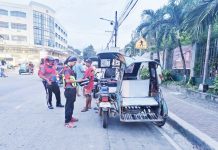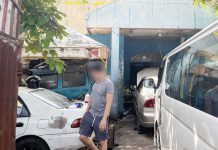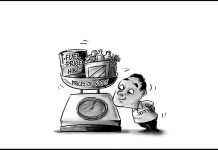
AS FAR as I know, there is no legal or technical definition of “homelessness” here in our country.
Along with that idea, it appears that there is also no legal or technical definition of what a “home” is, or what it should be.
Given the lack of definition, it would be very difficult to determine who is “homeless” or who is not. Is someone who lives in a shanty “homeless” or not?
Of course, we need not go into discussing the technicality of what is a “home”, and what is a “house”.
Let us just agree that a “house” is a physical structure upon which we can build a “home”. Now that we agree on that, we could also agree that a “homeless” person is someone who does not have a “house” to stay in, regardless of whether he or she is the owner, or he or she is just a tenant.
Now that we are done with the definitions, my next question is, how is the government setting its targets for the so-called “housing backlog”?
Is the government basing it on the number of “homeless” persons?
If the answer is yes, how is the government gathering the data for that?
First things first, I think that the government should first build a database of “homeless” persons, before it could set targets for the “housing backlog”. I also think that the data gathering should start at the local government unit level, so that the mayors will know who are “homeless” among them.
BUILDING A NAT’L INFORMATION SUPER HIGHWAY
As it is meant to be, national highways are supposed to be free. We paid our taxes, and the government built the national highways using the funds derived from our taxes, as appropriated by Congress.
The equation changed when tollways came along. Even though we already paid our taxes with the expectation that the government would build national highways that we could use for free, we now must pay additional fees to the tollway operators, as if we are paying taxes all over again.
My idea of a National Information Super Highway (NISH) is like the free national highways. The government should build it, and everyone could use it for free, including the telecom carriers, in the same way that bus operators could use the national highways for free.
Of course, there should be a condition that since the telecom carriers are using it for free, their prices should be affordable for everybody, just like the bus fares.
I welcome the news that the Department of Information and Communications Technology will be building a National Fiber Backbone (NFB) project. I do not know the details about it yet, but I hope that it will be available for the free use of the telecom carriers, on the condition of course that they will use it to make our internet connectivity faster, but also cheaper. I also hope that they will not convert it into a tollway, such that we must pay again./PN







